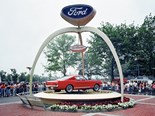1964 1/2 Ford Mustang 289: 50 years of Mustang
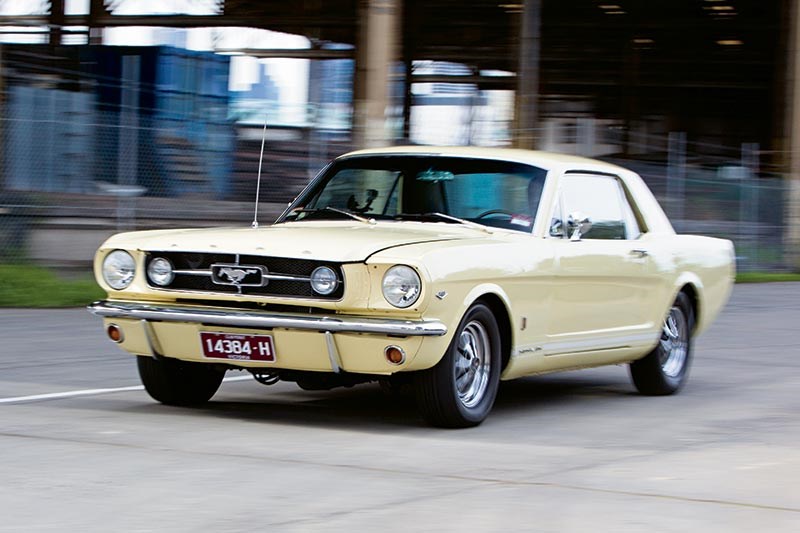 1964 1/2 Ford Mustang 289
1964 1/2 Ford Mustang 289

 1964 1/2 Ford Mustang 289
1964 1/2 Ford Mustang 289
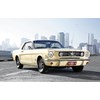
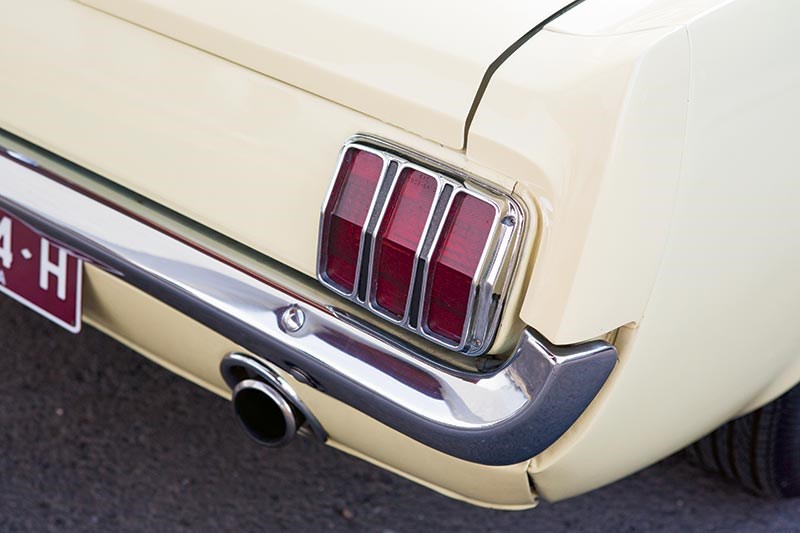 1964 1/2 Ford Mustang 289
1964 1/2 Ford Mustang 289

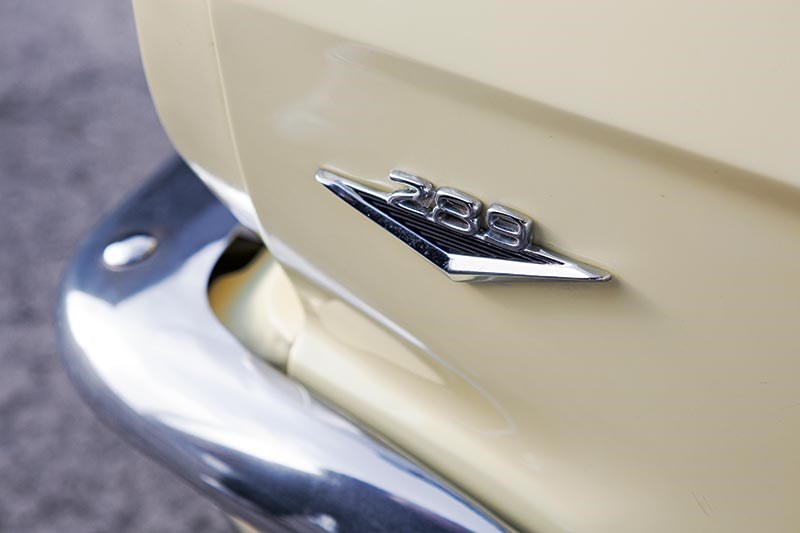 1964 1/2 Ford Mustang 289
1964 1/2 Ford Mustang 289

 1964 1/2 Ford Mustang 289
1964 1/2 Ford Mustang 289
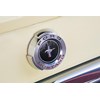
 1964 1/2 Ford Mustang 289
1964 1/2 Ford Mustang 289
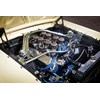
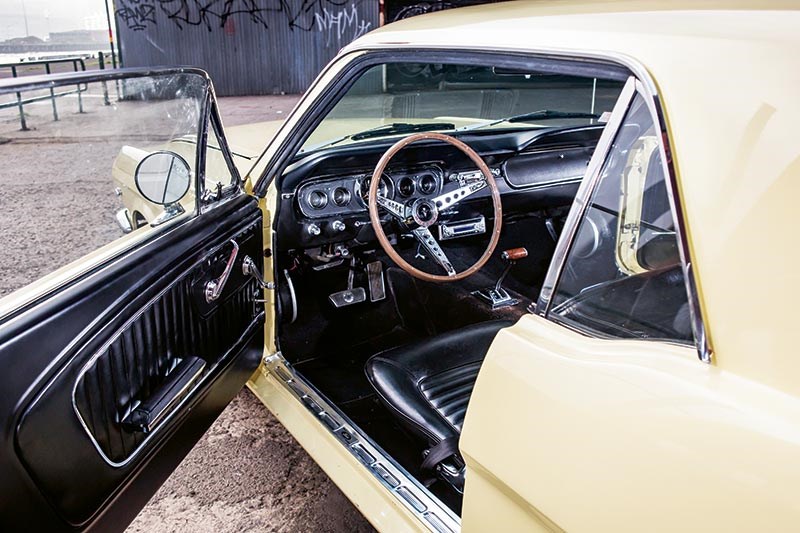 1964 1/2 Ford Mustang 289
1964 1/2 Ford Mustang 289


|
|
1964 1/2 Ford Mustang 289
|

|
|
1964 1/2 Ford Mustang 289
|

|
|
1964 1/2 Ford Mustang 289
|

|
|
1964 1/2 Ford Mustang 289
|

|
|
1964 1/2 Ford Mustang 289
|

|
|
1964 1/2 Ford Mustang 289
|

|
|
1964 1/2 Ford Mustang 289
|
The original Ford Mustang, a car that defined a generation...

|
|
50 years of Ford Mustang: 1960s
|
50 years of the Ford Mustang 1964 - 2014
It's the model designation that stamped Ford as the world's greatest production performance building and created a genre that echoes into the modern day, Happy Birthday Mustang!
Part 1. The 1960s: In the beginning
It's the model designation that stamped Ford as the world's greatest production performance building and created a genre that echoes into the modern day, Happy Birthday Mustang!
Ever wondered about the old expression: Selling like hot-cakes? Aside from wondering what the hell a hot-cake really is, when it comes to describing something that sold fast, a
better phrase would have been: Selling like Mustangs.
When the original Mustang was unveiled to a breathless world on 17 April 1964 at the New York World’s Fair, the world and his dog went nuts for the sleek, compact two-plus-two with
the blue-oval badge. Hot-cakes were suddenly yesterday’s trade index.
Ford had reckoned on selling about 100,000 Mustangs a year before the big unveil, but that figure had been reached just three months into the car’s life. The Mustang broke the then
sales record in the US by selling another 318,000 by year’s end, then cracked one million sales in total within 18 months of hitting the market. Clearly, the nice folks at Dearborn
were on to something.
It was almost a case of "how long has this been going on?" in Detroit generally, as the realisation dawned that not only was the Mustang a nice piece of design in its own right, it
was also a game-changer when it came to the way cars were developed and marketed.
For instance, the Mustang represented the first time anybody had thought to spin a halo car off a humble, compact platform like the US Falcon.
The model also marked a line in the sand where Detroit learned about the options game and started playing it to its own advantage. The Mustang, you see, could be had with the K-code
289 everybody knows and loves, but in order to get more bums on more vinyl buckets, Ford cleverly made a cut-price ’Stang available with options including a 170-cube six with 101
horsepower, a column-shifted three-speed manual and drum brakes. And it didn’t matter because, like the V8 versions, it looked terrific.
That first coupe was joined in 1965 by the even sexier Fastback and a new trim level dubbed GT. Perhaps more tellingly, the smaller, 260-cube V8 was dropped, making the 289 the
default bent-eight, and power-assisted front discs were offered. Clearly, something was brewing.
That something turned out to be somebody: Carroll Shelby, Texan, chicken farmer and legend maker. With a brief to build 100 cars to go road-racing with the Mustang, Shelby
immediately took to the rule-book with a forensic eye. Bingo; instant winner.
But if you had to nominate the version that typified the car and made it such a success, you’d have to go for the original 64-and-a-half coupe with the 289 cubic-inch option. The
thing was affordable and just buckets of fun to drive. It’s also the car that gave Mustang buyers the taste for V8 engines because it was so much smoother and more flexible than the
old straight-sixes the Falcon platform offered up. And let’s not forget the soundtrack that has also come to typify a Mustang and all the me-too pony cars that followed it.
The Mustang got its first facelift in 1967 with a move to a bigger, chunkier look. Lee Iacocca (the daddy of the whole Mustang thing) was critical of the changes as they did away
with the delicate purity of the original. Buyers didn’t care, though, and the new look was greeted with continuing sales and more hype than ever.
The 289 bowed out in ’67, making way for the 302, the 390 and the 428 as seen in the GT500, Shelby’s homologation special for that year.
As the 60s wound down, the Mustang phenomenon did no such thing.
The 1968 model year brought a nose job that gave the ’Stang an even beefier visage. More importantly, the 427 engine became available in the GT and the mighty 428 Cobra Jet hit
showrooms on April 1 that year. No joking.
Ford wasn’t joking for 1969, either, with the Mach 1 and Boss package announcing the end of the GT badge. The 351 engine came on stream, but it was the road-racer homologation car –
the Boss 302 – and the NASCAR warrior – Boss 429 – that were the headline acts and continue to stir the hearts, loins and wallets of red-blooded blokes to this day.
MARKET TREND (1964½ 289 Coupe)
production, more than a million cars left production lines across the US and headed off to commence uncertain lives.
After 50 years, it might be reasonable to expect that only a fraction of that number – especially the performance-oriented V8s – might remain. But not so. Everywhere you look, be it
the US or far-flung locales such as Australia, supplies of all but the most desirable Mustang variations continue to outstrip demand.
The earliest Mustangs came initially with a 4.2-litre V8, replaced a few months after the model’s arrival by a D-Code version of the 4.7-litre 289 V8. These engines, which developed
156kW against the later A-Code motor’s 167kW, are difficult to find but not especially valuable.
The version that sets any Mustang enthusiast’s bell tinkling is the K-Code with 10.5:1 compression against the base engine’s 9.0:1, a modified camshaft with solid valve lifters, and
a four-barrel carburettor. Fastbacks with a K-Code engine can bring double the price of a standard V8 coupe.
Where early Mustangs are headed is difficult to judge. Demand for V8s remains strong and the cars appeal to buyers in all age brackets. Parts support is outstanding, so the only way
to truly eliminate a Mustang is with a fire or devastating crash.
SPECIFICATIONS
1964½ Ford Mustang 289
Body: Unitary
Engine: 4.7-litre V8
Power: 157kW @ 4400rpm
Torque: 407Nm @ 2800rpm
0-100km/h: 8.3sec
400m: 16.2sec
Gearbox: 4-manual
Suspension: Wishbones, coils (f); live axle, leaves (r)
Brakes: Disc/drum
Unique Cars magazine Value Guides
Sell your car for free right here
Get your monthly fix of news, reviews and stories on the greatest cars and minds in the automotive world.
Subscribe

.jpg)







